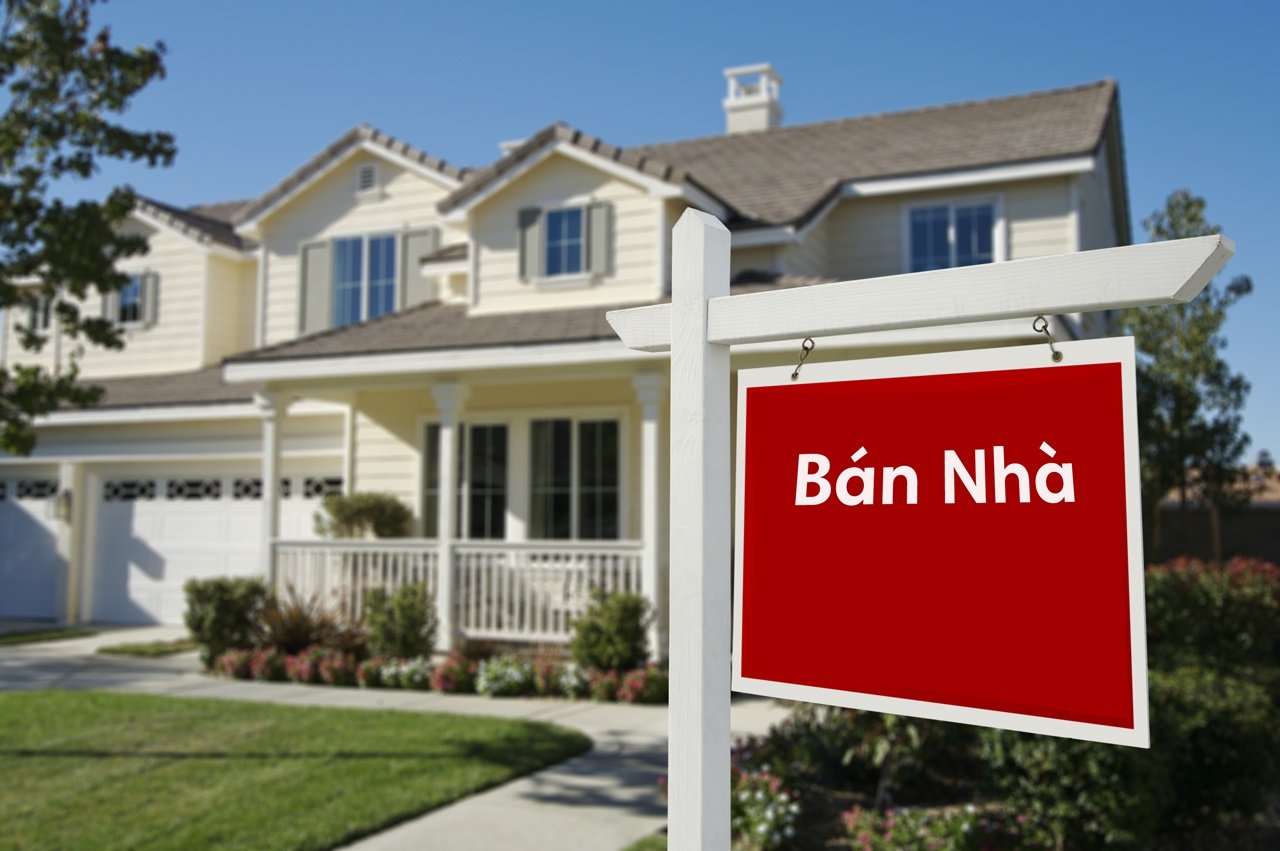OFFICE MARKET FORECAST FOR RENT 2016 - 2017
15/10/2015|INDUSTRY NEWS

Vietnam's economy is recovering when the gross domestic product (GDP) and foreign direct investment (FDI) increase sharply, positively impacting the demand for office space. With limited vacant space and improved macroeconomic conditions in Ho Chi Minh City (HCMC), some developers have increased rents of Grade A and B office buildings. Meanwhile, in Hanoi, the market is expected to remain stable in the near future.
Operation situation
Demand for Grade A and B offices is increasing in the two main cities of Vietnam. In Ho Chi Minh City, buildings with large floor space are currently few. Large tenants will need to plan for office space early before the lease expires. As a result, developers of some Grade A buildings are planning to increase rental rates, despite the current market rent of US $ 46 / sqm / month.
In Q3 / 2015, the average occupancy of Grade A and B office buildings was 93%, up 2 percentage points year on year. Grade A occupancy reached the highest level in the last 6 years at 96%. Supply in Ho Chi Minh City currently has only 9 buildings, including the newly launched Vietcombank project. The latest buildings under construction will only have Saigon Center Phase 2 and the German House (Deutches Haus) expected to enter the market in Q3 / 2017. In Hanoi, rents of Grade A and B offices in Q3 / 2015 were US $ 21 / m2 / month, down -0.2% year on year.
Demand is still recovering, with an average occupancy of 81%, up 9 percentage points year-on-year. The recovery of macroeconomics has contributed to the demand for Grade A and B offices in recent years and the coming quarters. Finance, banking and insurance The tenant survey in September 2015 showed that demand for Grade A and Grade B offices in both cities was largely from foreign companies. In Ho Chi Minh City, foreign companies occupy 76% of the leased area, while this figure in Hanoi is 66%. By industry, finance, banking and insurance companies are the main tenants of Grade A and B offices in both cities, accounting for 28% in HCMC and 30% in Hanoi.
Future supply
Ho Chi Minh City:
As of 2017, there will be approximately 190,000 m2 of new Grade A and B office floors in HCMC. Nearly 77% of this supply is located in the CBD. While supply of Grade A remains limited, new Grade B buildings will have the opportunity to develop thanks to good location, standard management services and quality amenities, including appropriate lift capacity. . District 1 remains the most popular location and competition is expected to intensify. District 3 and 7 are alternatives for tenants who need to rent large office space with lower rents. Important locations such as Thu Thiem are currently being built by potential domestic and international investors. The construction process will positively change the landscape, facilitate convenient infrastructure connections, improve the living and working environment in the city. Grade A and B, concentrated mainly in urban areas and the West of the city. Investors will have to continue competing with each other to attract tenants.


Future demand
Vietnam's GDP is expected to grow well over the next three years and many industries will thrive, positively impacting demand for office space. Among the 23 industries, finance, insurance and banking are the ones that will have the highest demand for office space. This demand will come from both domestic and foreign companies. In Ho Chi Minh City, demand for office space is forecast to increase by 13% in 2016 and 14% in 2017; while in Hanoi, the increase is expected to be
11% in 2016 and 15% in 2017.
Future rent
The office rent forecasting method is based on 2 steps to give estimates for the market in the next two years (2016 - 2017).
Step 1: Forecast future supply and demand. Demand forecast is based on annual absorbing area by industry. New annual supply is based on the completion time of future office projects.
Step 2: Forecast the average rent by the regression model, based on the balance of vacant space and net annual demand. In Ho Chi Minh City, we expect Grade A and B office rents to increase by 4% in 2016 and 9% in 2017. Central buildings may have rents up to 10%. . In addition, in Hanoi, average rents of Grades A and B are expected to grow by 4% in 2016 and stable (down 3%) in 2017.
Prospects
In the short term, demand from foreign companies will remain high. Trade agreements such as the Trans-Pacific Partnership are expected to attract and expand businesses, especially production, distribution and logistics. Over the past time, GDP has maintained a positive growth rate, along with an increase in the number of newly registered domestic enterprises, which has improved domestic demand. When new supply is limited, it is likely that rents will increase in the short term. Real estate management strategies for businesses to optimize area and cost now play a very important role. There are many factors that affect the market. Infrastructure will change very quickly, including the metro system linking Thu Thiem with the existing central area. Tenants who require large space with reasonable rents have few options, but in the next five years there will be many better options.


In the short term, companies wishing to expand their office space will have few options due to limited floor space. Business opportunities for office buildings with long-term rental period are quite attractive if exploited effectively. Currently, Vietnam has allowed the purchase and sale of this type of real estate. The office market in the short term will have interesting changes before new office buildings are built. In the medium term, old, outdated buildings will reduce the value of existing supply, so renovations will have to be considered.










